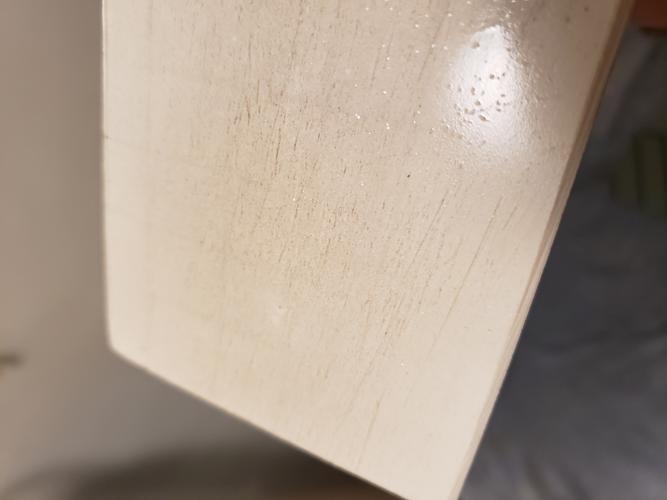Results 1 to 10 of 41
Threaded View
-
04-23-2023, 03:39 AM #1
 How can I prevent my truing stone from chewing up my high grit stones?
How can I prevent my truing stone from chewing up my high grit stones?
My honing progression is a King 1K waterstone, followed by a Norton 4k/8k combination synthetic waterstone. My truing stone is a 120 grit Pride stone.
It seems to work great for the King 1k, it looks perfect and flat with no visible scratches or grooves in it. When I brought it up to my norton, this started happening:

It seems to be carving grooves into the 4k side of my norton. I'm not really sure if this is grit leftover from my 1k, I suppose it's much more likely to be just grit from my 120 grit flattening stone.
What can I do to avoid this happening?


 45Likes
45Likes LinkBack URL
LinkBack URL About LinkBacks
About LinkBacks






 Reply With Quote
Reply With Quote